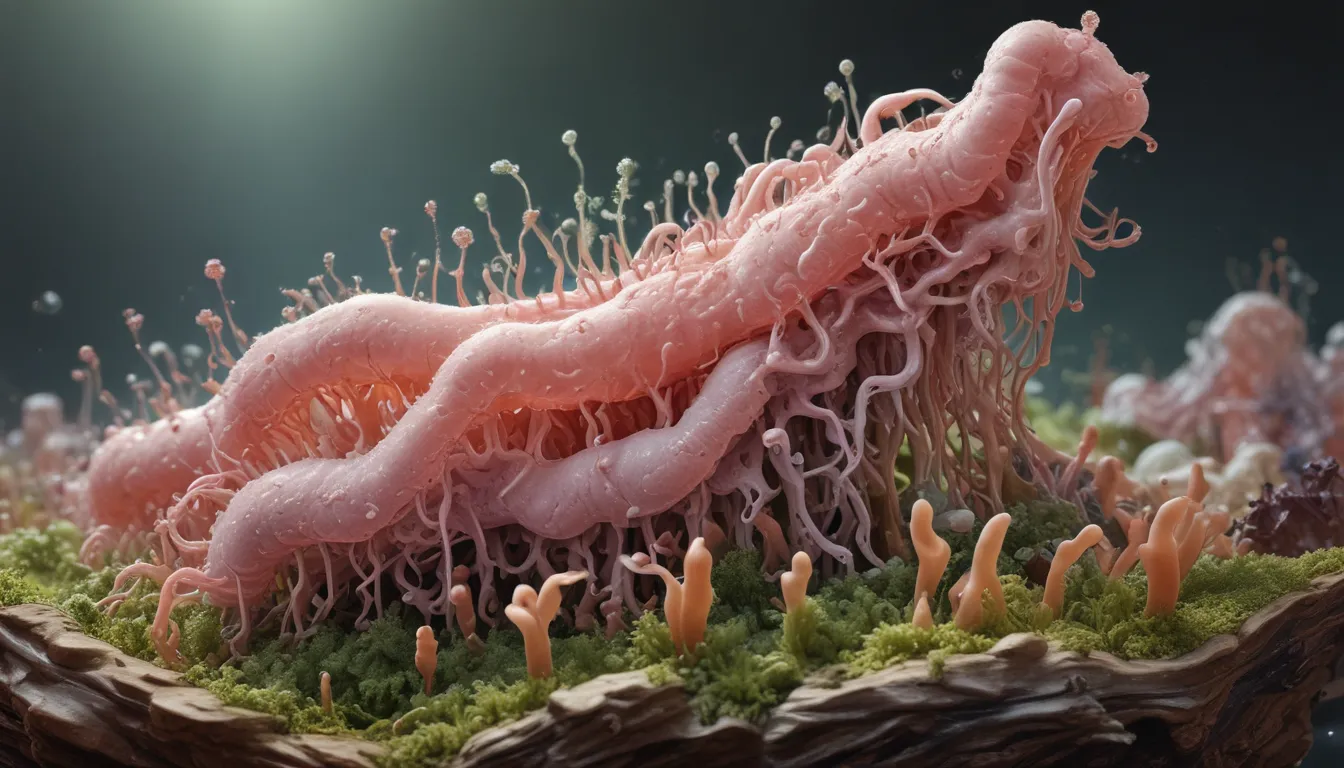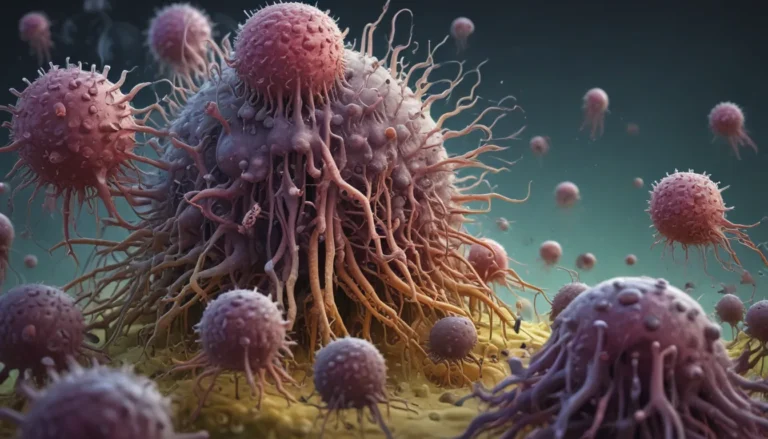A Note About Images: The images used in our articles are for illustration purposes only and may not exactly match the content. They are meant to engage readers, but the text should be relied upon for accurate information.
Welcome to a world beyond the naked eye, where tiny organisms known as bacteria thrive and multiply with astonishing speed and efficiency. In this article, we will delve into the captivating realm of bacterial growth and reproduction, unraveling 19 surprising facts that shed light on the remarkable abilities of these microscopic wonders. From their rapid multiplication to their adaptive strategies for survival, bacteria continue to amaze and intrigue us with their ingenuity and resilience.
The Prolific World of Bacteria
Bacteria, the unsung heroes of the microbial world, are not only abundant but also diverse in their shapes, sizes, and metabolic capabilities. They can be spherical, rod-shaped, or spiral-shaped, each with its unique characteristics and functions. Despite their minuscule size, bacteria pack a powerful punch when it comes to reproduction. Through a process called binary fission, a single bacterium can divide into two identical daughter cells, proliferating at an exponential rate under favorable conditions. In fact, some bacteria can double their population every 20 minutes, showcasing their prowess in rapid reproduction.
The Influence of Environmental Factors
Bacterial growth is not only dependent on their inherent abilities but also influenced by environmental factors. Factors such as temperature, pH level, nutrient availability, and the presence of inhibitory substances can impact the rate at which bacteria grow and reproduce. Moreover, competition among bacteria for limited resources in a crowded environment can hinder their growth, highlighting the complex interplay of various factors in shaping bacterial populations.
Survival Strategies of Bacteria
Bacteria are not merely passive inhabitants of their surroundings; they actively engage in survival strategies to thrive in diverse environments. One such strategy is the formation of biofilms, communities of bacteria that stick to surfaces and create a protective matrix for enhanced growth and survival. Additionally, bacteria can communicate with each other through quorum sensing, allowing them to coordinate their behavior and initiate collective actions for mutual benefit. Through genetic recombination processes like conjugation, bacteria can exchange genetic material with other cells, leading to the development of new traits and adaptive capabilities.
The Rise of Antibiotic Resistance
The misuse and overuse of antibiotics have fueled the emergence of antibiotic-resistant strains of bacteria, posing a significant global health threat. These resistant bacteria have evolved mechanisms to circumvent the actions of antibiotics, making infections harder to treat and control. Understanding the mechanisms of bacterial resistance and developing alternative strategies to combat resistant strains are crucial steps in addressing this pressing issue.
Harnessing the Power of Bacteria
While some bacteria are pathogenic and pose risks to human health, many bacteria play vital roles in nutrient cycling, ecological processes, and even human well-being. Bacteria break down organic matter and release nutrients back into the environment, supporting the growth of other organisms and maintaining ecosystem balance. In fields like biotechnology and environmental remediation, bacteria have immense potential to provide sustainable solutions and innovations for a variety of challenges.
Unraveling the Secrets of Cell Division
As we traverse the microscopic world of bacteria, it’s only fitting to explore the intricate process of cell division, a fundamental mechanism that underpins life’s growth and reproduction. The dance of chromosomes, the rapid pace of cell division, and the diverse methods of cellular multiplication paint a vivid picture of the marvels of life at its most basic level. By delving into the secrets of cell division, we gain a deeper appreciation for the complexity and beauty of biological processes that shape our world.
Engage with Us
As we embark on this journey through the hidden realms of bacteria and cell division, we invite you to explore, learn, and share your insights with us. Your contributions enhance the richness and accuracy of our content, ensuring that each fact we present is not only captivating but also credible. Trust in our commitment to delivering trustworthy and engaging information as we continue to uncover the wonders of the natural world together.
In conclusion, bacterial growth and reproduction are awe-inspiring processes that showcase the resilience and adaptability of these tiny organisms. Understanding the factors that influence bacterial growth, from environmental conditions to genetic recombination, is essential for controlling bacterial populations and mitigating the spread of infections. The evolving field of microbiology holds endless possibilities for discoveries and applications in medicine, agriculture, and beyond. Let’s continue to explore the boundless potential of bacteria and cell division, unlocking new horizons in science and innovation for the benefit of humanity.





